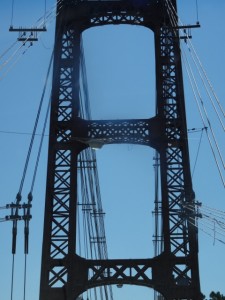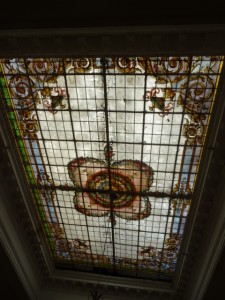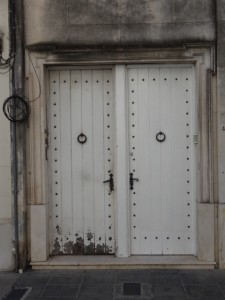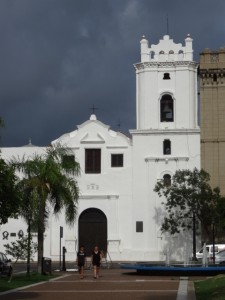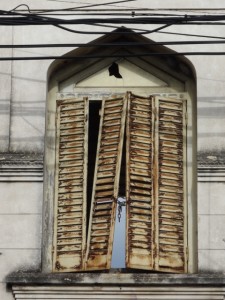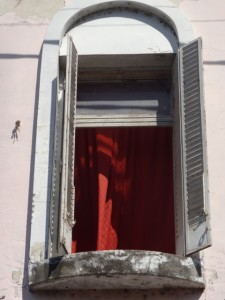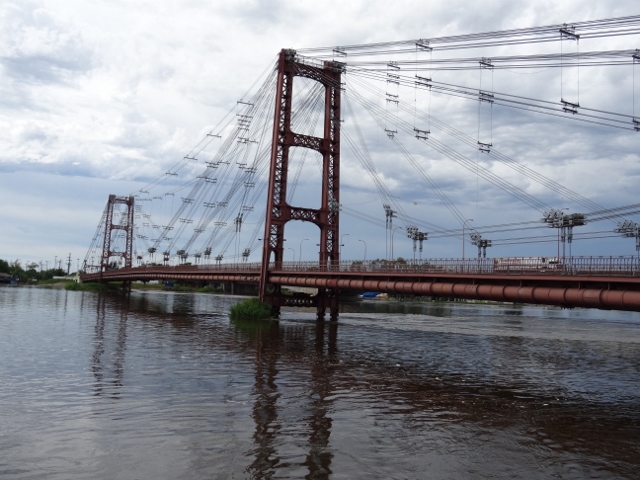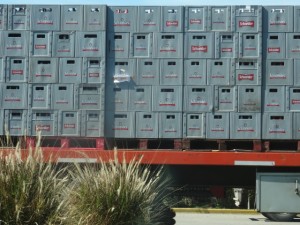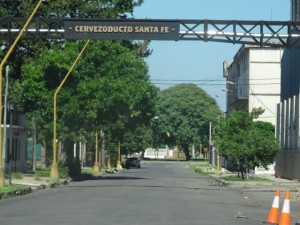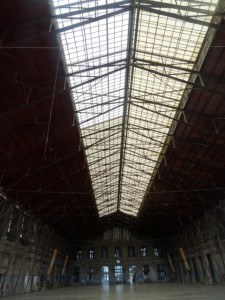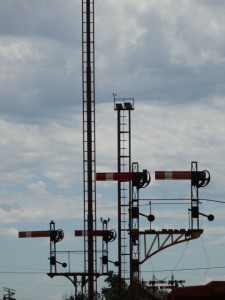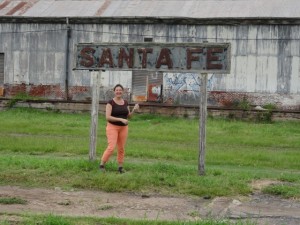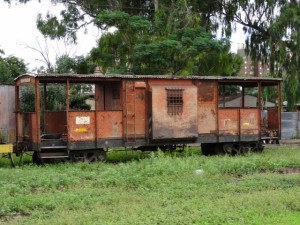Santa Fe is a pleasant, somewhat sleepy, in summer steamy, provincial capital with an attractive historical centre, and furthermore a focus on water and beer.
The city of Santa Fe, or fully Santa Fe de la Vera Cruz, is the capital of the province of the same name, in northern Argentina. Most Argentinians will associate the place with the humid subtropical climate in summer, and it was indeed hot and steamy when we visited, well over 40o C. The city has some historical reference as the place where the Argentinian constitution was signed in 1853, a fact that is exploited by the local tourism office, who have set out a fairly attractive walk along a collection of old buildings downtown. Amongst those 17the Century the Convento de San Francisco is perhaps the nicest, but a selection of other churches and some impressive government buildings are also nice enough. However, none of this is unique, many Argentine towns have similar attractions.
What sets Santa Fe apart are its suspension bridge across the Rio Parana and the – as far as I know – only existing cervecoducto in the world.
The Rio Parana, the second largest river of South America, has already developed into a major body of water when it reaches Santa Fe on its way to the Rio de la Plate and the Atlantic Ocean. Bridging it with a metal suspension bridge in 1924, by a French engineering company, was therefore a major achievement. Even more impressive, perhaps, was the unearthing of the original drawings for the reconstruction of the bridge early this century, after it had collapse from poor maintenance. An exact copy of the bridge was constructed, and the landmark survives. Which doesn’t stop the river from frequently flooding, of course, something Argentinians all along the river have become accustomed to – we didn’t see any of the beaches that normally line the river, as the water was no less than two meters above its normal level, and not far from overflowing the attractive collection of parks, clubs and restaurants along the river front.
Santa Fe is also home to the Santa Fe Breweries. Santefesinos will spend many of their late afternoons along the Boulevard Galves on one of the patio cervecera’s – terraces which serve small glasses of beer (called ‘liso’), traditionally accompanied by a plate of peanuts. However, the actual brewery is located several blocks to the south, and supports a terrace where beer transportation cost must be minimal: it is connected with a pipe across the road to the factory, the cervecoducto (‘cerveca’ being the word for beer, in Spanish). The terrace itself has become a bit of a tourist trap, of course, but do have a look, and do have a beer if the atmosphere is right.
Since the closure of the long-distance railways in 1993, many Argentinian cities have to deal with superfluous railway stations. Santa Fe has creatively solved this by turning the Belgrano Station into a multi-functional convention and arts centre, where the platform area has been turned into a performance hall, and offices into class rooms serving local art courses. Yet, behind the station the old infrastructure, and some rolling stock, has been preserved, albeit largely overgrown; always fascinating.
All together Santa Fe makes for an attractive stop, not too far away from Argentina’s second-largest city, Rosario.
